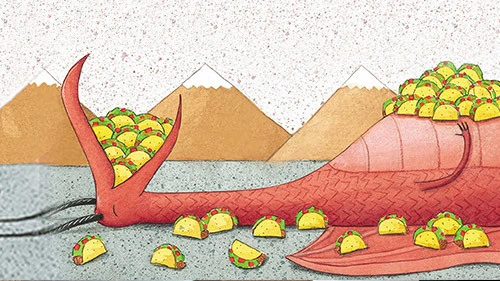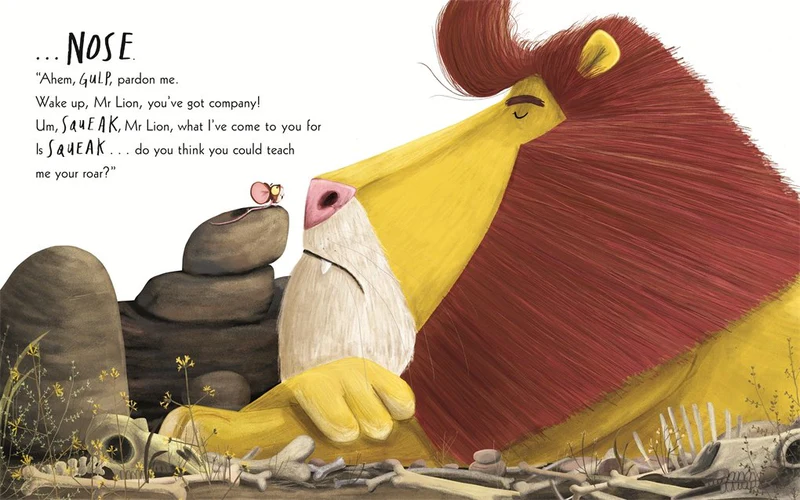Looking at Albert Camuss The Plague

In 1948, Stephen Spender wrote for the Book Review about Albert Camus’s “The Plague,” a novel about an epidemic spreading across the French Algerian city of Oran.
“The Plague” is a parable and sermon, and should be considered as such. The message is not the highest form of creative art, but it may be of such importance for our time that to dismiss it in the name of artistic criticism would be to blaspheme against the human spirit.
M. Camus is a master of the Defoe-like narrative. Against the background of events, he creates various attitudes of human beings toward the plague, heightened by touches of intimate observation. As far as possible he isolates his people from their private lives, and thrusts them into their public situation.
The plague becomes thus a kind of laboratory for studying attitudes towards itself. The attitude of the priest, who first regards it as a scourge of God against the wickedness of modern life; of the journalist Rambert, for whom it means separation from the woman he loves; of Tarrou, for whom it becomes the occasion of realizing his passion to correct an injustice at the center of society.
In realizing these attitudes, M. Camus shows his rarest quality, which is charity. Its sympathy saves this novel from being mere noble pamphleteering and raises it to the level of art.
Read the rest of the review.




